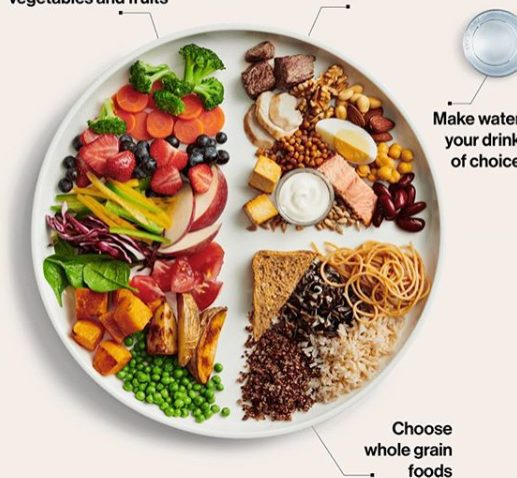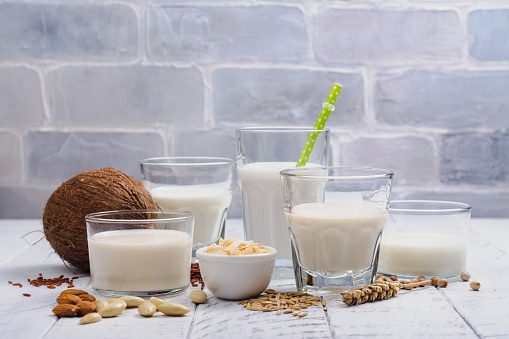Canada’s Food Guide: less animal products, less sugar and social eating habits
How the Canada's Food Guide has changed and how this could affect runners

The 2019 Canada’s Food Guide was released Tuesday morning. The new recommendations push meat and sugar to the side and encourage lots of vegetables.
https://www.instagram.com/p/Bs8Qmz4h9ew/
Eat together
Those recommendations aren’t a surprise. Consumers have been warned against the danger of added sugars and the environmental implications of extreme meat consumption for several years. What’s particularly interesting is that the guide not only recommends what to eat, but how to eat. The new food guide recommends Canadians eat together, eat mindfully, cook more often and also take time to enjoy their food.
RELATED: Sugar content could take orange juice off the Canada Food Guide

No more traditional food groups
Another notable change is a move away from the four main food groups to a diet that separates your plate into three main categories: whole grains, vegetables and protein. Notably, this eliminates the explicit dairy and meat and alternatives categories that existed in the old rainbow model. Taking in calcium is crucial to bone health and particularly important for runners. Katherine Jessop, a registered dietitian with a specialization in sports nutrition, says, “I think there is generally an interesting trend in trying different kinds of diets in hopes of a competitive advantage. Dairy has often been associated with negative implications that may or may not actually affect people.”
RELATED: Should you be cutting out dairy?

Jessop says that many people try eliminating dairy to limit bloating or gastrointestinal issues. “For runners, dairy is a food that ideally they should be taking in. It’s such a good bone builder, and runners put so much stress on their bodies. Calcium, magnesium and phosphorus are all crucial to bone health and they’re easily found in, and absorbed from, dairy products.” If you’re vegan, oat milk is also a good alternative. When compared side-by-side with cow’s milk, oat milk is higher in carbohydrates, roughly 60 per cent lower in protein and also lower in vitamin D, but the calcium and vitamin A are both similar to cow’s milk due to product fortification.
Out with juice, in with water
The 2019 food guide also swaps orange juice for water because of orange juice’s high sugar content. One serving of orange juice is only 125mL, less than almost anyone would drink at a sitting, and contains no fibre. While there’s no added sugar in most juices, there’s still a very high sugar-to-fibre ratio.


